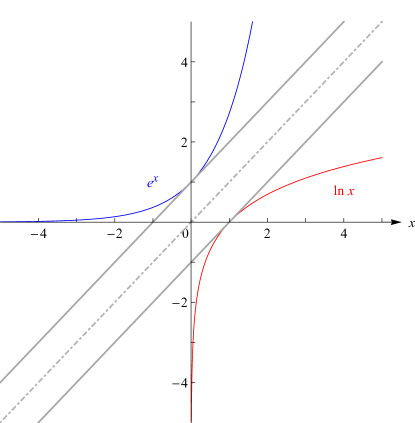two or more variables
(0.004 seconds)
1—10 of 286 matching pages
1: 18.37 Classical OP’s in Two or More Variables
§18.37 Classical OP’s in Two or More Variables
…2: 1.5 Calculus of Two or More Variables
§1.5 Calculus of Two or More Variables
►§1.5(i) Partial Derivatives
… ►§1.5(iii) Taylor’s Theorem; Maxima and Minima
… ►3: 35.2 Laplace Transform
4: 21.8 Abelian Functions
5: 19.23 Integral Representations
6: Errata
The wording was changed to make the integration variable more apparent.
The symbol is used for two purposes in the DLMF, in some cases for asymptotic equality and in other cases for asymptotic expansion, but links to the appropriate definitions were not provided. In this release changes have been made to provide these links.
A short paragraph dealing with asymptotic approximations that are expressed in terms of two or more Poincaré asymptotic expansions has been added below (2.1.16).
Originally used to represent both and . This has been replaced by two equations giving explicit definitions for the two envelope functions. Some slight changes in wording were needed to make this clear to readers.
This figure was rescaled, with symmetry lines added, to make evident the symmetry due to the inverse relationship between the two functions.

Reported 2015-11-12 by James W. Pitman.
